Replacement LCD Screen for DSO nano
Introduction

Replacement LCD for DSO nano, purchase this if you broke the original one on your DSO. Please note that you need basic soldering skill to install this LCD to your DSO.
Usage
Hardware Installation
Dismantle your DSO nano
Dismantel your DSO nano is pretty easy, but it’s still worth writing a tutorial to let people know what does DSO nano look inside before open it.
Note: This tutorial is for information purposes, Dismantle the DSO nano and follow this tutorial at your own risk!
You will need:
- A sharp knife (Or something else sharply)
- A 1.4mm screwdriver
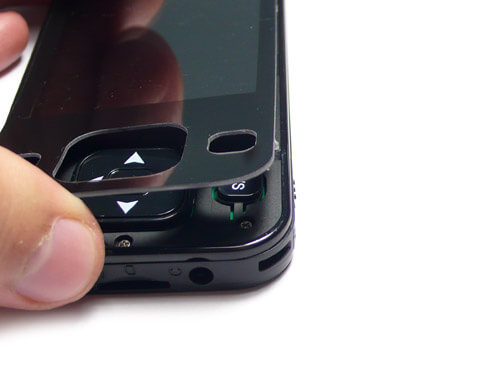
First you need to remove the top panel by using a sharp knife. The top panel is attached with the body by glue, be sure to do this slowly, or you will damage the acrylic panel .

Here you can see 6 screws(marked with white circle) after the top panel is removed. Remove them with a 1.4mm screwdriver, then go to the next step.
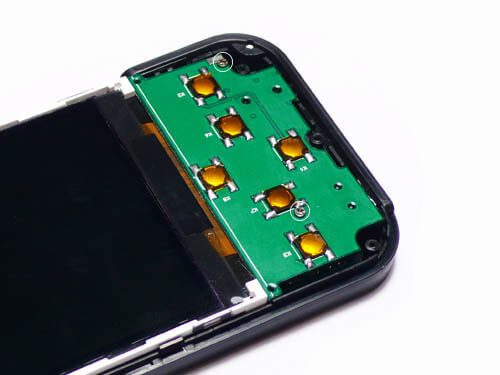
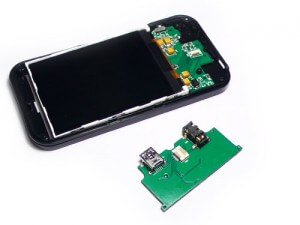
Remove the rest 2 screws, now you should be able to take the sub-board apart from the motherboard.
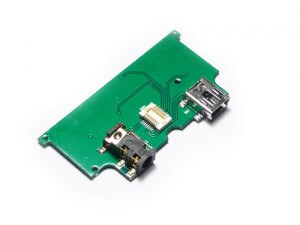
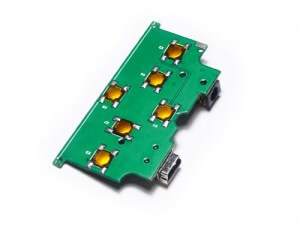
Sub-Board detailed pictures. 6 metal dome buttons were soldered on the top side, and 1×3.5MM TSR connector, 1X Mini usb connector on bottom. There’s also a board to board connector to attach the 2 separated PCB.
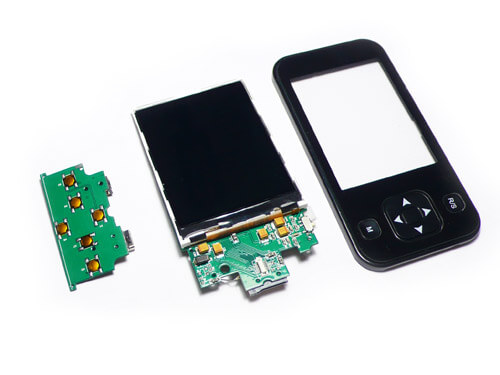
Here we go, now you can take the screen and motherboard away from the case.
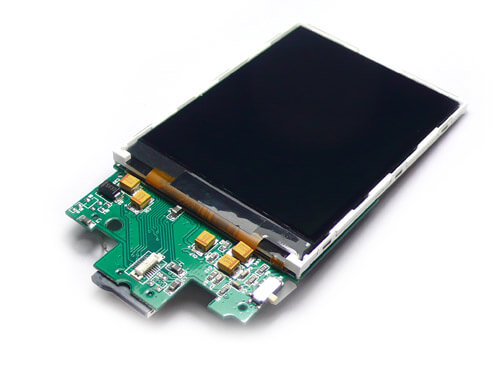
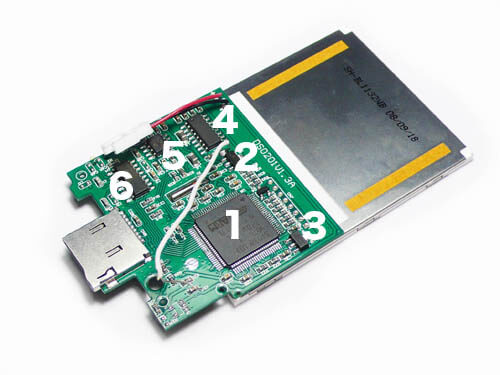
- controller: STM32
- stabilized voltage supply : 3.3V voltage output
- stabilized voltage supply : 3.0V voltage output
- stabilized voltage supply : use a P3232 RS-232 transceivers to output +5V and -5V voltage
- general purpose dual J-FET operation amplifier : to separate and scale the input signal
- 8-Channel Analog Multiplexer : change the match channel for different V/div
Help us make it better
Thank you for choosing Seeed. A couple of months ago we initiated a project to improve our documentation system. What you are looking at now is the first edition of the new documentation system. Comparing to the old one, here is the progresses that we made:
- Replaced the old documentation system with a new one that was developed from Mkdocs, a more widely used and cooler tool to develop documentation system.
- Integrated the documentation system with our official website, now you can go to Bazaar and other section like Forum and Community more conveniently.
- Reviewed and rewrote documents for hundreds of products for the system’s first edition, and will continue migrate documents from old wiki to the new one.
An easy-to-use instruction is as important as the product itself. We are expecting this new system will improve your experience when using Seeed’s products. However since this is the first edition, there are still many things need to improve, if you have any suggestions or findings, you are most welcome to submit the amended version as our contributor or give us suggestions in the survey below, Please don’t forget to leave your email address so that we can reply.
Happy hacking
댓글 없음:
댓글 쓰기